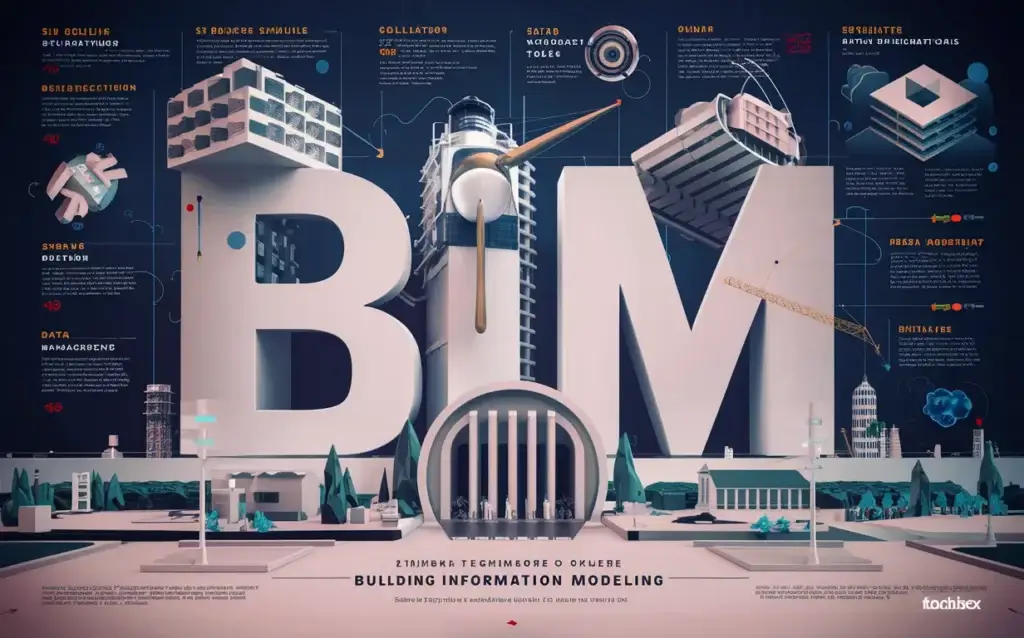The advantages of CAFM solutions for companies
Efficient resource planning is a central component of modern building management. It involves the strategic management of energy, water and materials in order to reduce operating costs and minimise environmental impact. Effective resource planning is based on a detailed analysis of current consumption and the implementation of optimisation measures. Common strategies include: 1. installation of energy-efficient lighting systems 2. use of water-saving devices 3. use of sustainable building materials A key aspect of resource planning is the continuous monitoring [...].
The advantages of CAFM solutions for companies Read more »
















